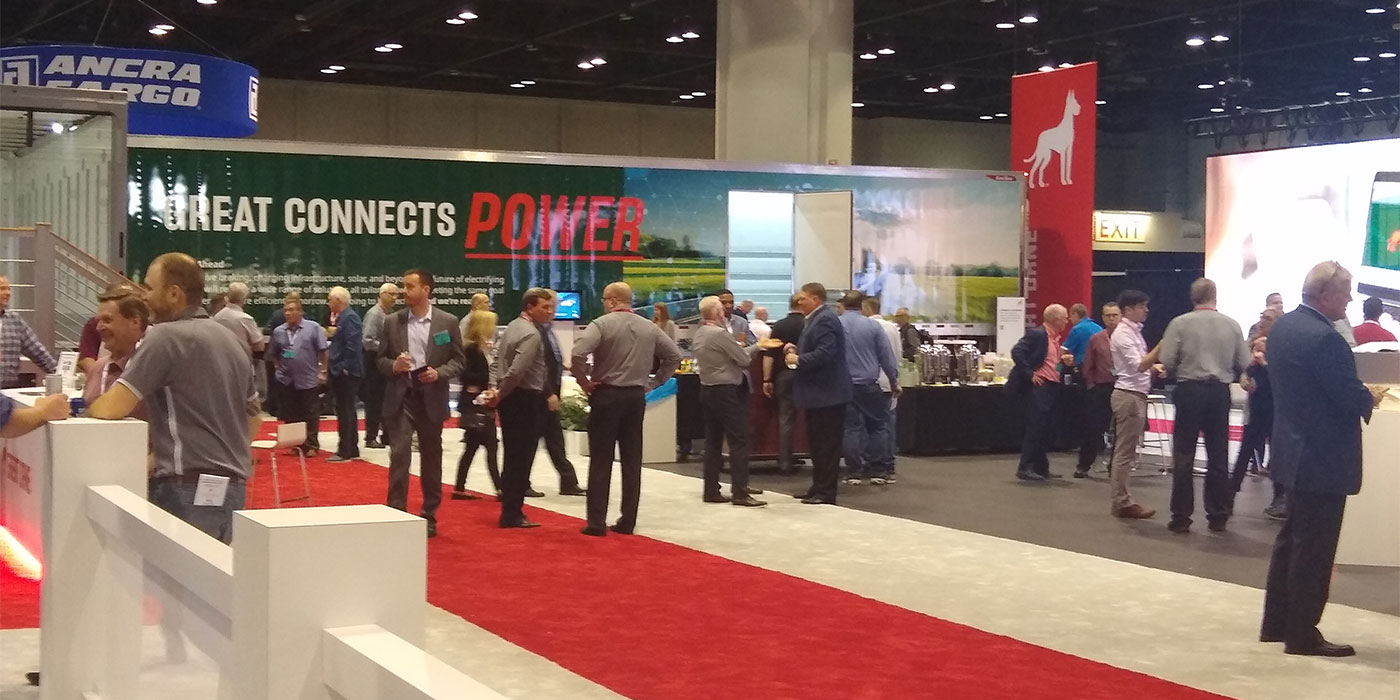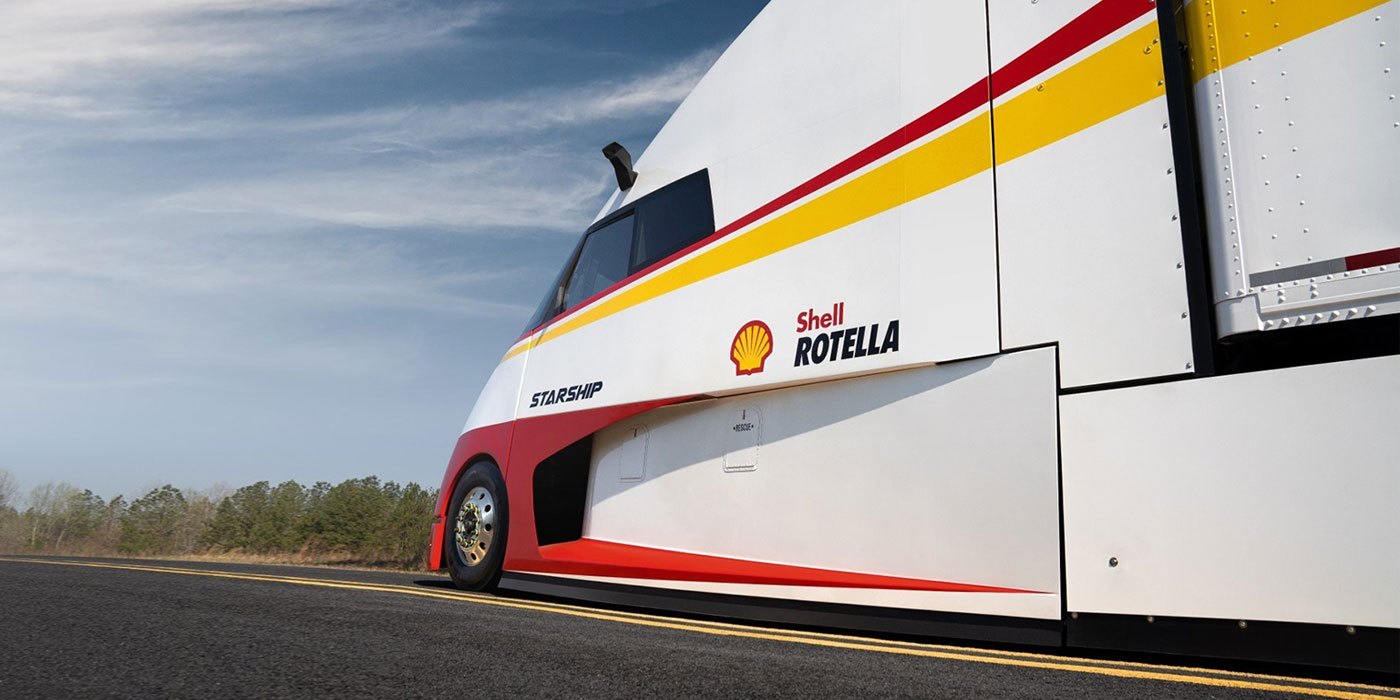Oil analysis is a scientific way to assess the condition of engine lubricant and detect conditions within the engine that could cause premature wear and/or downtime.
Think of oil analysis as a cost-effective early warning system, Arcy suggests. Is there too much diesel fuel in the oil? Check your fuel system. What about traces of coolant? Might check that cooling system. Too much dirt or soot? Possibly an over-extension of the drain interval or a leak in the air intake system. The lab can notice small abnormalities early on, so you can take quick action.
According to Dan Arcy, OEM technical manager, Shell Lubricants, “Many of the nation’s largest fleets use an oil analysis program to build a historic database and watch for trends in a variety of areas. Fleets really should have a sample of used oil analyzed after every oil change for every piece of equipment.”
The knowledge gained from a consistent oil analysis program can assist a fleet in optimizing its oil drain interval, helping increase equipment reliability, minimizing unscheduled downtime and tracking operating efficiency and maintenance practices. “This combination can contribute to helping lower total operating costs,” Arcy says. “A good oil analysis program can give you information on both engine condition and oil quality. Sometimes the two are closely interrelated—in other cases they’re not.”
The wear metals section of your analysis may detect a mechanical engine problem. High levels of iron could point to cylinder liner wear. Chromium, aluminum, lead, copper and tin—unusual levels of any of these metals can be spotted and interpreted by the lab, providing you with timely engine info.
Another function of an oil analysis: The fleet can learn about its oil’s viscosity grade. If it’s too high, then there could be soot or some other kind of contamination that’s making the oil too thick.
For accurate results, an engine oil analysis program requires fleet owners to follow a few fundamental procedures, as follows:
- Provide a proper oil sample to the lab;
- Provide all necessary information needed by the lab; and
- Submit the sample immediately and don’t let it sit on the shop workbench.
Arcy also suggests that when collecting a sample at drain time, catch it midstream by waiting at a few seconds (to avoid catching heavy metals at the bottom); withdrawing oil through the dip-stick opening is another way to sample (to reduce the chance of outside dirt getting into the sample). Take the rest in the same manner to help keep the results consistent.
“You’d be amazed at how many oil samples are provided without completed labels or forms,” Arcy emphasizes. “Without the essential information, the lab is not armed with the precise facts and the oil analysis may be inaccurate.
For many labs, necessary information includes engine type, total engine miles (on-highway) or hours (off-highway), how many miles or hours on the oil itself, oil type, viscosity grade and oil manufacturer.”
Simple tips when taking oil sample are:
- Take a hot sample after the engine has been operating for 15 minutes;
- Clean the area where you insert the probe or sampling tube;
- Take a purge sample and properly dispose of it;
- Use a clean container to take the sample to be sent for analysis;
- Apply a properly completed label to the container;
- Send sample in a timely manner—don’t let it sit. Results are usually available after 24 hours at the lab.
A regular oil analysis program, which costs about $10 to15 per sample, is helping fleets to build a historic database that can monitor trends. “An oil analysis program can help improve equipment and vehicle reliability,” Arcy notes. The program offers easy-to-use software that allows fleets to view results and track test results.
Although engine oil analysis is most common, it’s also beneficial to have gear oil, transmission fluid and other vital lubricants tested.
This column appeared in the February 2014 edition of Fleet Equipment. You can read the entire issue on your phone or tablet by downloading the Fleet Equipment app.













